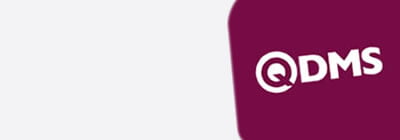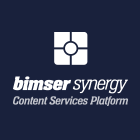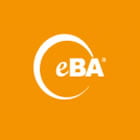We define an environmental management system as a system in which the environmental impacts of a product or service are evaluated at every step from the initial stage to the moment it is offered to the consumer, and production processes are planned, organized, optimized and managed accordingly. With our Bimser Environmental Management System software solution, we aim to minimize the damage to soil, air and water by minimizing the use of natural resources.
The minimum use of environmental impacts and natural resources also ensures that the institution’s reputation in the market and among its stakeholders is increased, that local and international regulations are complied with, that it is not exposed to penal sanctions that may arise due to these, and that the institution’s resources are used effectively.
QDMS Integrated Management System with our solution ISO 14001′We enable you to comfortably manage the processes of document management, corrective and remedial action follow-up, audit planning, follow-up of environmental incidents, environmental dimension and impact analysis, follow-up and disposal of hazardous and non-hazardous wastes, safety data sheets of chemicals, and follow-up of legal regulations. With its process-oriented architecture, we ensure that environmental dimensions and their impacts can be tracked based on processes. With QDMS, you can meet your management systems needs quickly and easily, either via web or mobile application.
QDMS Material Safety Data Sheets are documents containing the hazards and risks of the relevant chemical substances and other information aimed at minimizing the risks of occupational health and environmental impacts that may occur during the use and storage steps of chemicals and informing employees correctly and adequately.
The safety data sheets sent by manufacturers are approved by the relevant stakeholders, ensuring both awareness and the creation of a standard format safety data sheet for the organization.
The e-mail notifications provided by QDMSto the necessary interlocutors help quick access to safety data sheets in case of emergency and therefore rapid intervention.
Thanks to the ability of QDMS to integrate into ERP systems, we are able to offer our customers in-house gains such as stopping the purchasing processes of banned chemicals and sending them for extra approvals.
In the most general sense, we can define risk managementas analyzing the impact of undesirable situations and events that may arise in a process, activity or region; planning preventive actions before these risks occur with a proactive approach and keeping them under constant control. Risk management consists of risk identification, analysis, planning of risk mitigation actions and continuous control processes. Management systems see the risk management as an indispensable element.
QDMS allows for a revisionary approach to prioritizing the impacts of environmental aspects according to their effects on air, water, soil, nature, taking measures, and monitoring inherent and residual risks.
Corrective and remedial action management is a management system process that aims to eliminate nonconformities identified in an organization while analyzing their root causes and reaching a permanent solution. In the 2015 version of ISO 9001, this process, which was referred to as DÖF, corrective and preventive action in the old versions of ISO 9001, is regulated as corrective and remedial action; it is stated that preventive actions should be planned during risk analyses.
QDMS includes corrective and remedial actions in accordance with the 8 Disciplines, including reporting the problem, establishing the team, first intervention, root cause analysis, planning and closure of activities where root causes can be permanently resolved.
Our module where the collection, shipment and disposal of wastes generated within the organization can be monitored in accordance with the National Waste Tracking Form (NWTF) standard. Waste can be classified as hazardous and non-hazardous, and schools can be selected as suitable for modern waste.
A Waste Management Plan can be created with data from the disposal forms of waste generated within the organization. Realization data within the organization’s plan are collected from the data in the waste forms filled on the basis of each workplace and brought to the plan.













